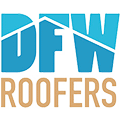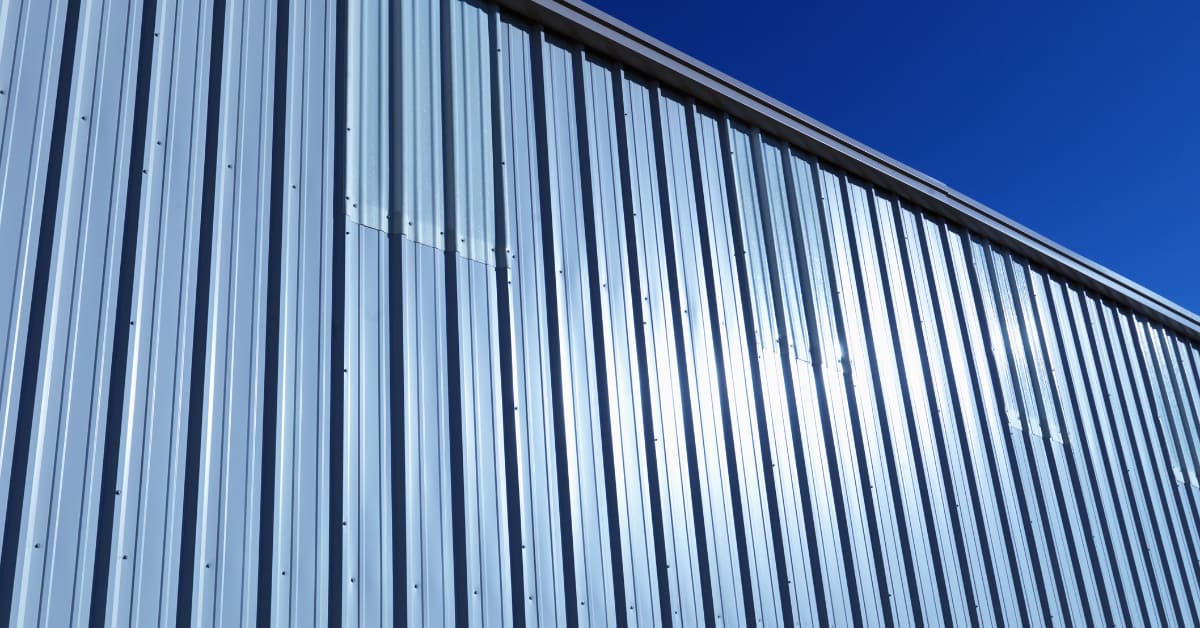The Big Takeaway:
-
More Texas homeowners are turning to metal siding because it holds up to the state’s extreme heat, rainstorms, hail, and pests.
-
Metal siding costs more than vinyl or wood, but it lasts much longer, needs less attention, and keeps its shape and color no matter what season it is.
There was a time when metal siding was primarily used for barns, sheds, or outbuildings. People thought of it as too industrial or too plain-looking for a house. But that mindset is shifting, especially around DFW. More and more, we’re getting calls from homeowners who are rethinking what they want out of their siding.
They’re asking, “What’s going to hold up for the next 40+ years?” And for folks who have dealt with cracked vinyl, rotted wood, or siding that needs repainting every few years, metal starts to make a lot more sense. More than that, manufacturers have made metal siding far more aesthetically appealing for residential applications. Let’s take a closer look at what it has to offer and some potential downsides.
Metal Siding Stands Up to Texas Weather
Even if cheaper siding looks fine at first, the long-term cost creeps up. Repainting wood, replacing warped panels, patching cracks—it all adds up. Metal siding is a significantly lower-maintenance product.
With good-quality panels, like the Berridge RS9 we’ve used on a few jobs, metal stands up to the kind of weather that damages most other materials. It doesn’t swell or shrink with the seasons the way vinyl does. It doesn’t soak up moisture and rot like wood. And it won’t start bubbling or peeling from long-term sun exposure, the way painted fiberboard sometimes can.
When installed right and flashed properly, metal siding can take a beating without giving up on you. That’s especially important in Texas, where your home needs to stand up to 105-degree days, followed by high winds and rain, followed by hailstorms.
-
For the sunlight and heat, metal is as good as it gets in terms of reflection, helping prevent UV deterioration and reducing radiant heat gain, which eases the load on your A/C.
-
For hail and wind, metal siding won’t crack or break apart like vinyl or older fiber cement panels might.
-
For pests, metal siding doesn’t interest termites, carpenter ants, and squirrels like wood siding or some other materials.
The strength of metal siding has a lot to do with the “gauge” associated with it. This refers to the thickness of the metal. The lower the number, the thicker and more durable the metal. In other words, 24-gauge is stronger than 29-gauge.
In Texas, where hail is a real concern, many homeowners opt for heavier gauges like 24 or 26 for better long-term protection. Thinner panels like 29-gauge may cost less upfront, but they’re more prone to denting and won’t hold up as well in extreme conditions.
It’s one of those decisions where spending a little more can pay off in peace of mind. That said, even 29-gauge panels are a strong upgrade from vinyl or wood siding.
What to Keep in Mind
The biggest drawback of metal siding is the upfront price. It’s more expensive than vinyl and fiber cement, and if you’re on a tight budget, it might not be the right fit. That said, you get what you pay for. And in this case, what you’re buying is long-term durability and low maintenance, even if you need to buy panels of a thinner gauge.
Another consideration is style. Some homeowners just prefer the look of traditional materials like wood grain, painted fiber cement, or certain vinyl textures. And depending on your neighborhood or HOA, certain styles might not be allowed.
But we always encourage people to take a look at the newer options. There’s more variety in the metal siding market now than there’s ever been. That includes metal that mimics natural materials like wood grain or stone, offering the charm of traditional looks with the strength and low maintenance of metal.
Metal can also dent. It’s not common with good panels and proper installation, but large hail or falling limbs can leave a mark. The upside is that it usually won’t compromise the siding’s performance. You’ll still have a weatherproof barrier, but you might have a ding or two to show for it. Still, it’s worth imagining what that impact would have done to a weaker material.
So, for homeowners who want decades of protection without constant upkeep and repairs, metal siding is a great investment.
We’re Here to Help
Need more information about home siding in Texas? If you have any questions or need assistance with damage, contact DFW Roofers at (469) 751-4018 or schedule an appointment through our online appointment form.


